Rising Awareness of Safety Standards
In recent years, there has been a marked increase in awareness regarding safety standards related to hazardous materials, including hydrogen fluoride. The Hydrogen Fluoride Gas Detection Market is influenced by this growing consciousness, as organizations strive to comply with stringent safety regulations. Regulatory bodies are implementing more rigorous guidelines to ensure the safe handling and storage of hazardous gases. This heightened focus on safety is driving the demand for effective detection systems that can promptly identify leaks and prevent accidents. As industries recognize the potential consequences of non-compliance, investments in hydrogen fluoride detection technologies are expected to grow, thereby bolstering the market.
Emergence of Portable Detection Solutions
The emergence of portable detection solutions is reshaping the Hydrogen Fluoride Gas Detection Market. These compact and mobile systems offer flexibility and convenience, allowing for on-site monitoring in various environments. Industries such as construction, oil and gas, and chemical processing are increasingly adopting portable detection devices to ensure safety during operations. The ability to quickly assess hydrogen fluoride levels in real-time is becoming essential for maintaining workplace safety. As the demand for portable solutions continues to grow, manufacturers are likely to innovate and enhance their product offerings, further driving the expansion of the hydrogen fluoride detection market.
Expansion of Chemical Manufacturing Sector
The expansion of the chemical manufacturing sector is a significant driver for the Hydrogen Fluoride Gas Detection Market. As production facilities increase their output, the potential for hazardous gas emissions also rises. Hydrogen fluoride is commonly used in various chemical processes, making its detection critical for operational safety. The market for hydrogen fluoride detection systems is likely to expand in tandem with the growth of the chemical industry, which has been projected to grow at a compound annual growth rate of approximately 4.5% over the next few years. This growth indicates a robust demand for effective detection solutions to mitigate risks associated with hydrogen fluoride exposure.
Increased Investment in Environmental Safety
There is a growing trend towards increased investment in environmental safety measures across various industries, which significantly impacts the Hydrogen Fluoride Gas Detection Market. Companies are recognizing the importance of sustainable practices and the need to minimize environmental hazards. As a result, there is a heightened focus on implementing detection systems that can monitor and control emissions of hazardous gases, including hydrogen fluoride. This investment not only helps in compliance with environmental regulations but also enhances corporate responsibility. The market is likely to benefit from this trend, as organizations seek to adopt advanced detection technologies to safeguard both human health and the environment.
Technological Innovations in Detection Systems
The Hydrogen Fluoride Gas Detection Market is experiencing a surge in technological innovations that enhance detection capabilities. Advanced sensors and monitoring systems are being developed, which improve the accuracy and reliability of hydrogen fluoride detection. These innovations are crucial, as hydrogen fluoride is a highly toxic gas that poses significant health risks. The integration of IoT technology into detection systems allows for real-time monitoring and data analysis, which is becoming increasingly important in various industrial applications. As industries prioritize safety and compliance, the demand for sophisticated detection systems is likely to rise. This trend suggests that companies investing in cutting-edge technology may gain a competitive edge in the Hydrogen Fluoride Gas Detection Market.


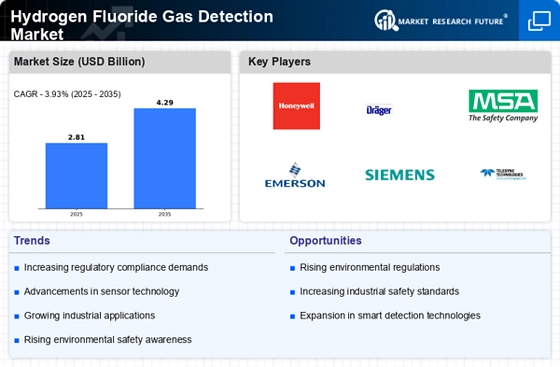

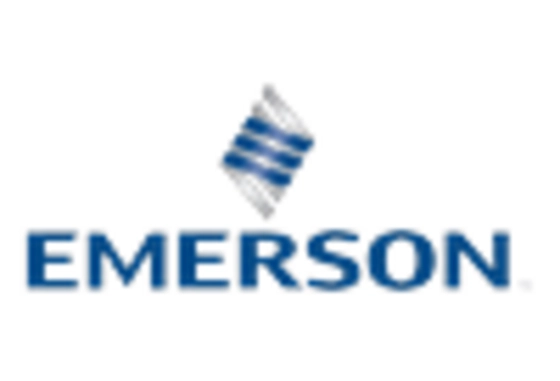

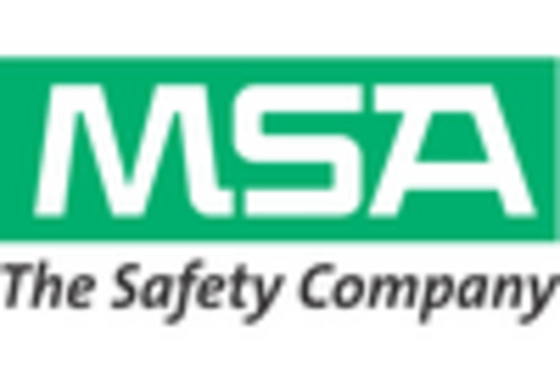
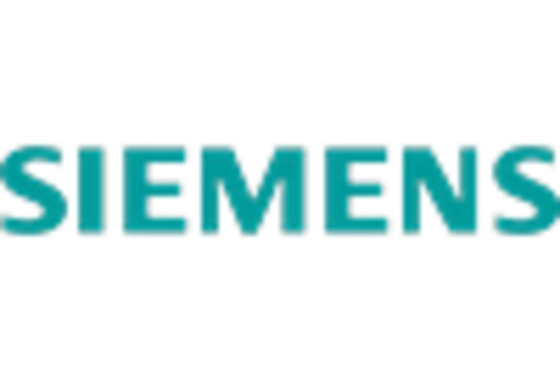
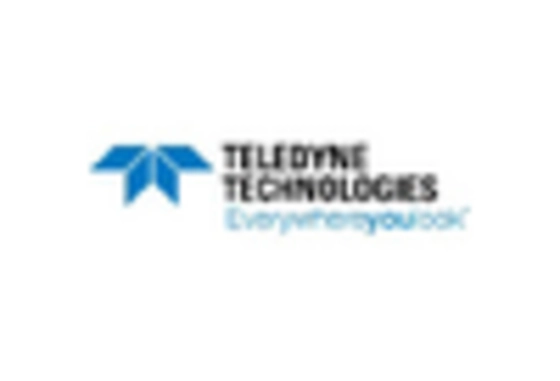








Leave a Comment